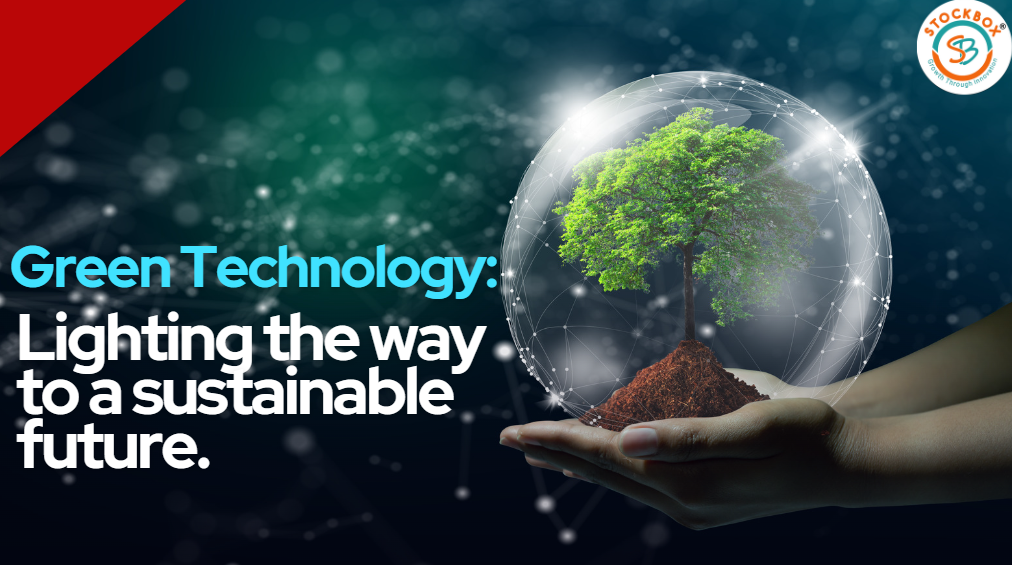Green technology’s future shines as a light of hope as the world struggles to address the problems of climate change and environmental degradation. Green technology offers a path ahead for a more sustainable and ecologically friendly future, from renewable energy sources to sustainable materials and waste reduction solutions. The future of green technology appears more promising than ever because of investments made by governments, corporations, and private citizens in sustainable solutions.
Green technology is the creation and use of goods, services, and methods that are ecologically responsible and support a more sustainable future. This includes waste-reduction technology, energy-efficient goods, sustainable materials, and renewable energy sources like wind and solar energy.
Governments all across the globe are establishing goals for cutting greenhouse gas emissions and boosting the use of renewable energy sources. The European Union, for instance, has set a target of attaining net-zero greenhouse gas emissions by 2050, while China has set a target of being carbon neutral by 2060.
Even to cut greenhouse gas emissions, United States President Joe Biden has pledged to re-enter the Paris Climate Agreement and to invest in renewable energy technology.
Businesses are adopting green technology as a way to increase productivity, save resources, and lessen their carbon impact. To lessen their dependency on fossil fuels, many businesses are investing in renewable energy sources like solar and wind power, while others are creating energy-efficient goods and procedures to cut down on waste and pollution.
A market for green technology has been formed as a result of consumers’ growing desire for environmentally friendly and sustainable goods and services.
Green technology can provide economic advantages in addition to environmental advantages. Renewable energy technologies are becoming increasingly competitive with conventional energy sources as their costs continue to fall. Businesses that make green technology investments can enjoy lower operating costs, higher productivity, and a rise in demand for eco-friendly goods and services.
The adoption of green technology has certain obstacles as well. The initial expense of implementing sustainable solutions is one of the biggest obstacles. When compared to maintaining the usage of old technologies, developing and utilizing green technology might occasionally be more expensive. This may discourage some businesses and people from making investments in green technologies.
Another issue is the requirement for legislative and policy frameworks that promote the use of green technologies. Governments may play a significant role in fostering the development and use of green technology by establishing goals and offering incentives to organizations and people adopting sustainable practices.
As the global world embraces sustainability and the need for a more ecologically friendly and socially responsible approach to business and economic growth, the future of green technology appears to be bright. Although there are obstacles to green technology adoption, the advantages of lowering carbon emissions, saving resources, and increasing efficiency make it a desirable investment for organizations, governments, as well as individuals alike.

